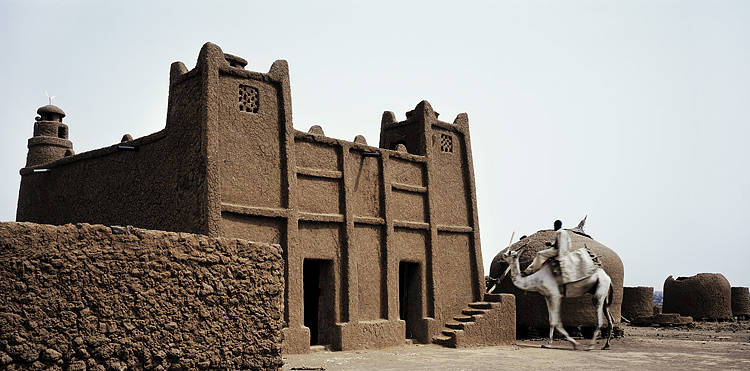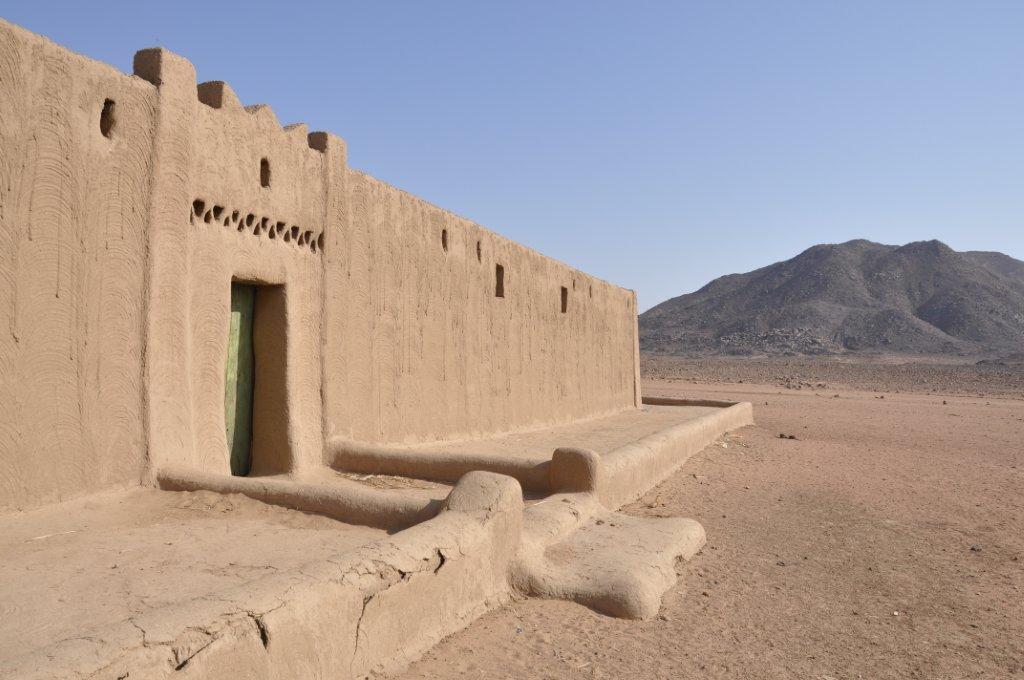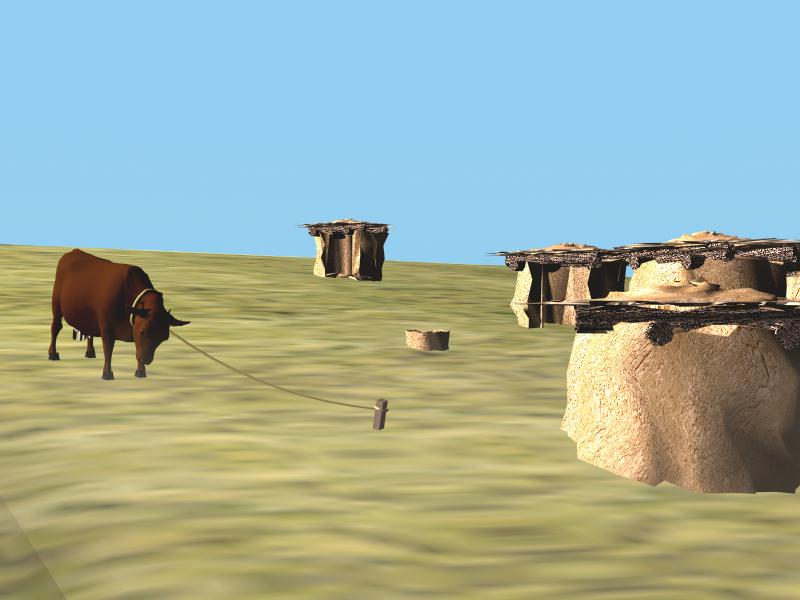It looks like you're using an Ad Blocker.
Please white-list or disable AboveTopSecret.com in your ad-blocking tool.
Thank you.
Some features of ATS will be disabled while you continue to use an ad-blocker.
share:




Compare the Mali/Savannah religious structure with the Kemetic
thousand of miles and yrs apart The first building is in Mali the last three is in Egypt and Sudan.
What were are observing here is a building tradition that goes back before the dawn of Ta-Seti,Kemet and Kush as states as well as those of Western Africa,the main difference is that the Kemites aka Egyptians and Kush built for the most part in stone and to greater scale,but for regular buildings like common houses they built exactly alike.
edit on 24-2-2013 by Spider879 because: (no reason given)
The Shilluk like the earlier folks down river the Kemities Ku#es and others had a form of Kingship that called for the sacrifice of the King when he
became too enfeebled this was what the Heb Sed ritual was originally about and it is recorded that one wiley Meroitic King Ergamenes put a stop to
this practice by having his priests put to death instead,this practice was still common in modern times in faraway Nigeria and in the southern kingdom
of Zimbabwe the King was ritually strangled if he failed to get aroused or his teeth began to fall out the reason behind this was the kings were in
control of nature especially rain,now while Kemet was virtually rain less he non the least is responsible for the inundation of Nile for his people
faced extreme hardships these men were not merely god's representatives they were God on earth to be incarnated in the next ruler after death so one
could not be physically weak as your divine powers over nature would also be weakened would in turn cause chaos.
ITHEORIES OF DIVINE KINGSHIP
The Shilluk first became famous, in Europe and America, through James Frazer’s book
The Golden Bough
. They are so firmly identified with Frazer that most are unaware the Shilluk did not even appear in the book’s first two editions (1890 and 1900). Originally, in fact, Frazerdrew largely on Classical literature in making an argument that all religion was to some degree derived from fertility cults centered on the figure of a dying god, and that the first kings, who embodied that god, were ritually sacrificed.
their bare essentials. It strikes me this is especially true of the predatory and utopian elements,both of which can be seen here in embryonic form—not because the Shilluk political system is inany sense “primitive,” in fact; not because forms of sovereignty were only beginning to emerge like some half-formed idea, because it seems obvious that anyone living so close to ancient centers of civilization like Egypt, Meroe, or Ethiopia was likely to be perfectly aware of what astate was; but rather, because those elements in Shilluk society who would have liked to create something along those lines.
www.scribd.com...
It is doubtful whether Osiris can be regarded as equal to Tammuz or Adonis, or whether Hathor is related to the "Great Mother." There are closer relations with northeast African religions. The numerous animal cults (especially bovine cults and panther gods) and details of ritual dresses (animal tails, masks, grass aprons, etc) probably are of African origin. The kinship in particular shows some African elements, such as the king as the head ritualist (i.e., medicine man), the limitations and renewal of the reign (jubilees, regicide), and the position of the king's mother (a matriarchal element). Some of them can be found among the Ethiopians in Napata and Meroe, others among the Prenilotic tribes (Shilluk)."
egyptsearchreloaded.proboards.com...
Early predynastic temples of Naqada. connected to the fertility god Min[ compare to the Shilluk sanctuary below/b]
Naqada I very simple very rustic
Naqada II now a growing complex.
This pic is interesting it shows a man wearing a penis sheath I suspect the figure is somehow connected to Min and less we forget the Puntites further south also made use of the Penis sheath dido for certain Libyans to the West.
Puntites wearing the double penis sheathsedit on 1-7-2013 by Spider879 because: (no reason given)
reply to post by Spider879
So in your mind there is a connection between a mosque built from mud and sticks in Mali which dates to the Islamic period when Arabs invaded Mali and a temple in Egypt which is far older and built from cut blocks of solid stone...i wonder which in your mind displays superior skill and why would people who built in stone revert to building in sticks and mud?
You see connections where others don't because its what you want to/need to see!
So in your mind there is a connection between a mosque built from mud and sticks in Mali which dates to the Islamic period when Arabs invaded Mali and a temple in Egypt which is far older and built from cut blocks of solid stone...i wonder which in your mind displays superior skill and why would people who built in stone revert to building in sticks and mud?
You see connections where others don't because its what you want to/need to see!
edit on 2-7-2013 by LUXUS because: (no reason given)
Originally posted by LUXUS
reply to post by Spider879
So in your mind there is a connection between a mosque built from mud and sticks in Mali which dates to the Islamic period when Arabs invaded Mali and a temple in Egypt which is far older and built from cut blocks of solid stone...i wonder which in your mind displays superior skill and why would people who built in stone revert to building in sticks and mud?
You see connections where others don't because its what you want to/need to see!
edit on 2-7-2013 by LUXUS because: (no reason given)
Aaah No! no Arab invaded Mali or any of the Sahelian empires at anytime in their history that particular architecture predates the Islamic era contacts by thousands of years, matter of fact the oldest kingdom in western Africa was settled in about 3800yrs B.C about the same time as the rise of the first pre-dynastic kings in Kmt it was called Wagadu or Ghana it went into decline and rose again in about 2500 B.C went back into decline and was back in 300 A.D by 700 A.D they were trading with Arabs and coastal north Africans for an epic poem connected with this civilization go here..www.abovetopsecret.com... they were finally absorbed by Mali in 1250. but Timbuktu in Mali itself goes back to 500 B.C and was twice the size of the Islamic era, below is a short vid that explain the history of Timbuktu in particular and Mali in general.
But as for the adobe style architecture that style is the oldest in Kmt before and after they started experimenting in dressed stone right up to this day as a matter of fact you been to Egypt you must have traveled beyond the major cities of Cairo and Alexandria to the rural areas up south similar kinds of buildings are still in use today. as is shown in examples in this thread.

This structure is Egyptian

Mali

Mali Tomb of Askia the great.

Egypt
Everyone in Kmt or Kus did not live in dressed stone buildings the material would have been too expensive and labor intensive, dressed stones were reserved for temples and the very upper crust of society plus Kmt was blessed with rock quarries although they made use of dried bricks sometimes like their counter parts in the Sahel lacked heavy stones most of the time.
edit on 2-7-2013 by Spider879 because: (no reason given)
new topics
-
‘Something horrible’: Somerset pit reveals bronze age cannibalism
Ancient & Lost Civilizations: 48 minutes ago -
Spiritual Solstice
Short Stories: 2 hours ago
top topics
-
'Mass Casualty event' - Attack at Christmas market in Germany
Mainstream News: 13 hours ago, 26 flags -
Biden Nationalizes Another 50,000+ Student Loans as He Heads for the Exit
US Political Madness: 17 hours ago, 9 flags -
Search to Resume for MH 370
Disaster Conspiracies: 15 hours ago, 5 flags -
Sue Gray, Sir Keir Starmer's former Chief of Staff, Nominated for Peerage
Regional Politics: 17 hours ago, 3 flags -
‘Something horrible’: Somerset pit reveals bronze age cannibalism
Ancient & Lost Civilizations: 48 minutes ago, 1 flags -
Spiritual Solstice
Short Stories: 2 hours ago, 0 flags








